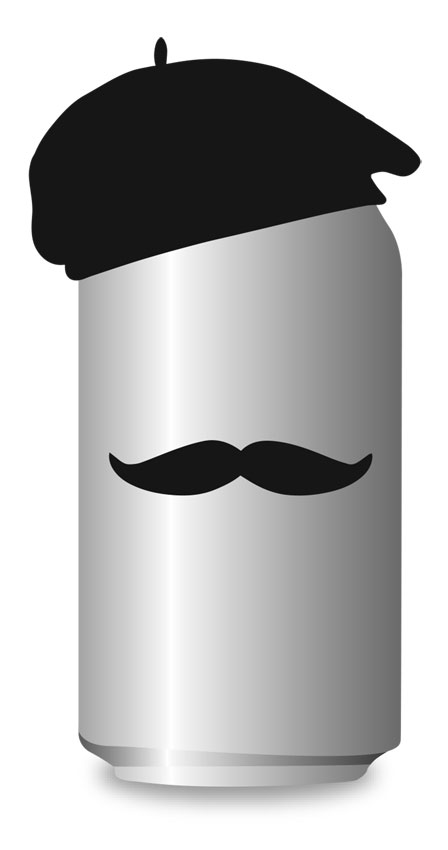“Things are so bitter because the stakes are so small,” said Henry Kissinger about academic politics. But he could have been talking about beer geeks.
by Peter Bailey

My fellow beer nerds are a peaceable bunch, but some things will set us off. Like Alexander Keith’s IPA that is certainly not an IPA. Or Alley Kat torqueing their classic Full Moon Pale Ale into an IPA.
Or seeing a character in a movie in a bar ordering ‘a beer.’ Or, calling a beer a Kölsch when it isn’t brewed in Köln/Cologne.
(Have you not read the Kölsch-Konvention of 1986 that defined Kölsch as a product with protected geographical indication PGI)?
At the root of all these irritants is the concept of beer style.
Simply put, beer style is the grouping and codification of beers that belong together. The most basic division is between ale, brewed warm and quickly with top- fermenting yeast, and lager, brewed cold and slowly with bottom-fermenting yeast. But from there it gets complicated and more subjective, with styles based on criteria such as colour, aroma, flavour, technique, ingredients, history, and geography.
We can thank (or blame) one man for this. British beer writer Michael Jackson pretty much invented beer styles, codifying them in his classic 1977 book, The World Guide to Beer. Building on Jackson, the American Homebrewers Association launched the Beer Judge Certification Program (BJCP) in 1985, along with the influential BJCP Style Guidelines. Recently beer geeks were outraged when a major revision to the BJCP Guidelines was published. 104 official styles! Extra Special Bitter dropped! Wee Heavy no longer Scottish!
Some object to the whole idea of beer style. Old curmudgeons mutter ‘beer is just beer’ while young turks rail against the tyranny of rules and guidelines. I was thinking about this recently when I was out on the Ave one evening pretending I was younger. I checked out The Almanac, a new gastropub with a well-curated beer selection, including Blindman Brewing’s Saison Lacombe: Noir. Yes, a black saison—unusual certainly, but fresh and delicious too. Intrigued, I spoke to Hans Doef, co-founder and assistant brewmaster of Blindman about styles. Doef said he doesn’t find the style guidelines restrictive and in fact his team like to keep within them as much as possible, noting there is a wide range of opportunity within the guidelines. Mostly they want to make the best beer possible, brewing what they want to drink and what they hope their customers will enjoy. So they enjoy playing with the styles— with their saison or their session IPA—but they also want to brew on-style, best-in-class beer like their Longshadows IPA. Blindman’s second release was an unusual one, a Kettle Sour. They didn’t brew it to be edgy; they brewed it because it was a style that they all loved and wanted to make.
Some find these sorts of beer hybrids and experiments monstrous, beery abominations, but I like the beers that play on the edges, that dance between the strictures of style. I’m waiting for beer’s inevitable post-structuralist moment, when egghead French brewers in black turtlenecks will cross the Atlantic with their postmodern meta-beer, beer that comments on and undermines its own essential beeriness, beer that is beer and yet not beer. Perhaps we beer geeks were wrong all along: maybe Alexander Keith’s IPA that isn’t an IPA was the first meta-beer?
Nope, still not buying it.
Stylin’ beer six-pack
Unusual styles of beers are often seasonals or one-offs, available only at the brewery or for short periods of time. The six below are all available at better Edmonton beer stores this spring.
Book nerd by day, beer nerd by night, find Peter Bailey on Twitter and Instagram as @Libarbarian.





